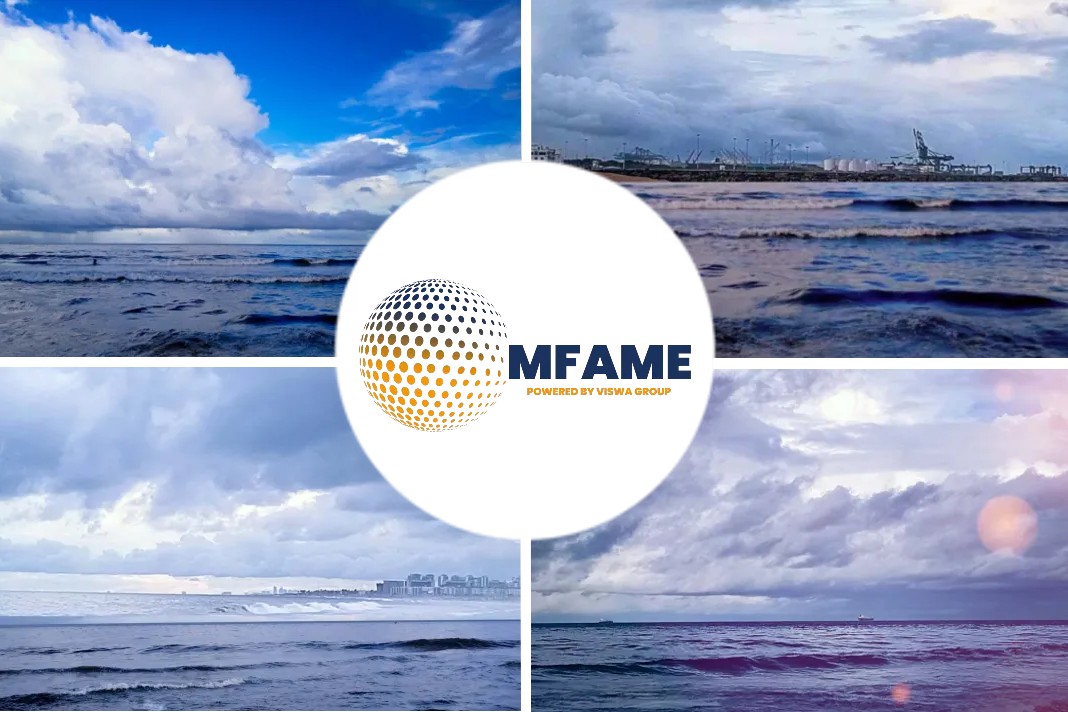- Charging even 50% of expected increased bunker charges due to 2020 transition to customers seems impossible.
- The ocean freight itself is at a low level owing to Lunar new year and the coronavirus outbreak.
- North Asia to east coast North America rates peaked at $757.64 per feu, before falling to $675.58 per feu.
- UK and North Continent North Asia to UK rates rose to $1,900 per feu from $1,600 per feu
- North Asia-north Europe rates fell to $352.83 per feu from $409 per feu.
The IMO 2020 transition is not the real issue for many carriers but how the increased cost will be passed down the supply chain, writes George Griffiths, editor, global container freight market, at S&P Platts, for an article published in The LoadStar.
Here’s an excerpt from that article.
Carriers with scrubbers enjoy
Before the true cost of IMO 2020 compliance is proven, with the spread between 0.5%- and 3.5%-sulphur fuels currently at over $300 per tonne in Rotterdam, the carriers that have installed scrubbers alone are found happy.
The dominating question
For the others, who will bear these increased costs and how will they be passed down the supply chain are the dominating questions that still remain unanswered.
Increase in price uncompetitive!
According to a carrier source, charging even 50% of its expected increased bunker charges to customers was impossible. This is because the cost price would be uncompetitive, leading to losing market share to wealthy competitors.
Low level ocean freight contributes
The other major issue for many carriers apart from added cost to their ocean freight, is that the ocean freight itself is at a low level.
Lunar new year
Ocean freight is low on lanes from Asia owing to the lunar new year holiday and the seasonal lull in demand.
Coronavirus outbreak
Apart from this, the coronavirus outbreak in China that extended the holiday will have a further impact on the container freight market.
Ports lockdown
When ports are locked down, it would choke demand from exporters and ultimately rise rates as carriers would compete with few cargo left.
North America market
Following last month’s delay to shipping tariffs between the US and China, there has been a slight dip in demand on transpacific routes, though landing prices now lower. This is due to the volume of cargo before the end of the year, leaving shippers reluctant to bring in more at the start of 2020.
Surcharges
Some in the market thought the rates would increase to back the higher fuel cost with the new 0.5% low-sulphur fuel surcharges. But with few trade lanes, this has not happened. With all-inclusive (FAK) their rates are still at normal, seasonal levels.
Rise in rates
- The north Asia to west coast North America rates rose by $150 between 24 December and 24 January to $1,500 per feu, and
- North Asia to east coast North America was up $250 at $2,750 per feu.
North American Platts bunker charge
Spread reached unsustainable levels?
With the spread between 0.5% marine fuel and 3.5% high-sulphur fuel oil now starting to contract that peaked at the beginning of January. It remains unclear whether this narrowing is just short-term, or a sign that the relationship had reached unsustainable levels.
Scrubber payoffs
As the premium lowers, the payoff starts to increase for carriers that have installed scrubbers on their vessels.
Premium fall
Over the course of January, Platts’ north Asia to east coast North America peaked at $757.64 per feu on 6 January, before falling to $675.58 per feu on 24 January, down 3.1% from 24 December.
Platts’ north Asia to west coast North America also fell, by 2.6% on the month to $401.41 per feu on 24 January.
UK and north Continent
Platts’ north Asia to north Europe picked up significant support early, but waned as January progressed. Not much bullish sentiment spilled over into February, despite a large number of void sailings.
Roll pools at north Asian ports
Despite this, there is some expectation that the demand from January, with large roll pools at north Asian ports, will support utilisation into the middle of February. However, carriers and freight forwarders expect rates to fall significantly.
Blank sailing manifestos
So, some carriers are pursuing more aggressive blank sailing manifestos over the year to try and support rates to a greater extent than last year.
The rise in charges
Platts’ North Asia to north Europe rate rose to $1,850 per feu on 24 January, from $1,550 per feu on 24 December, while the north Asia to UK rose to $1,900 per feu from $1,600 per feu.
The north Asia to Mediterranean rate rose on the month to $1,650 per feu from $1,450 per feu.
North Continent Platts bunker charge
As on the transpacific tradelanes, Platts bunker charge rates on head-haul routes from north Asia to Europe had a similar, downward path this month.
North Asia-north Europe fell to $352.83 per feu on 24 January, down significantly from $409 per feu a month earlier.
The backhaul north Europe to north Asia route also fell, by $30.25 over the same period to $189.98 per feu, almost entirely reversing December’s rise.
Did you subscribe to our daily newsletter?
It’s Free! Click here to Subscribe!
Source: The LoadStar






















